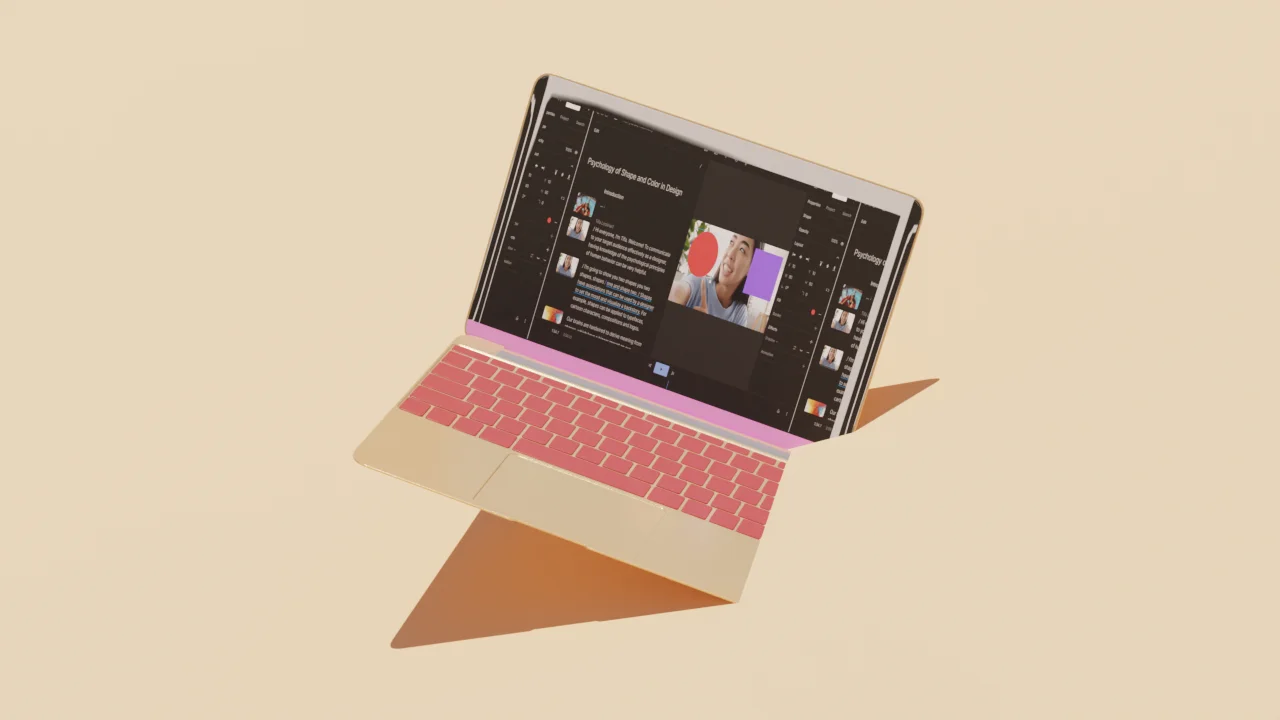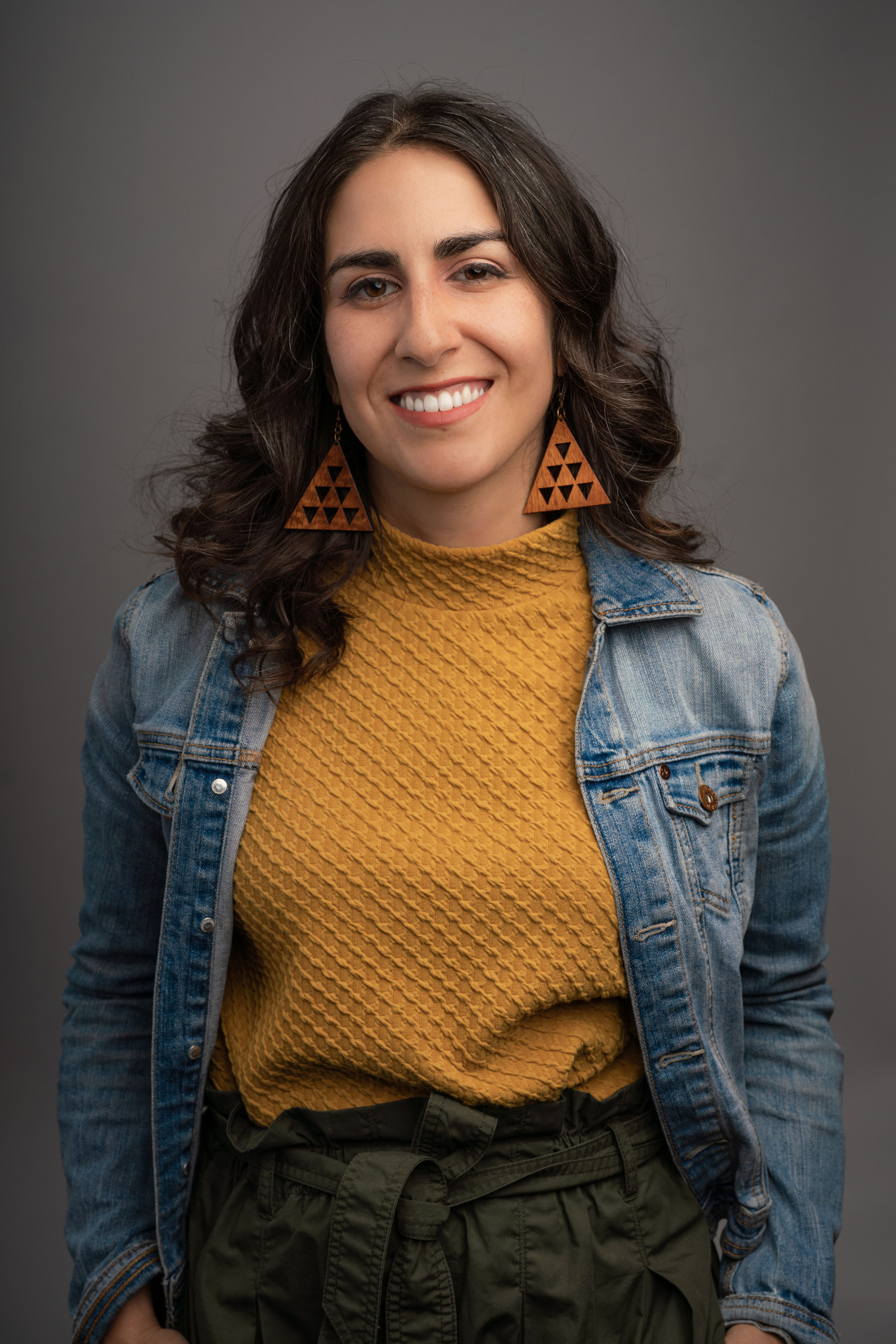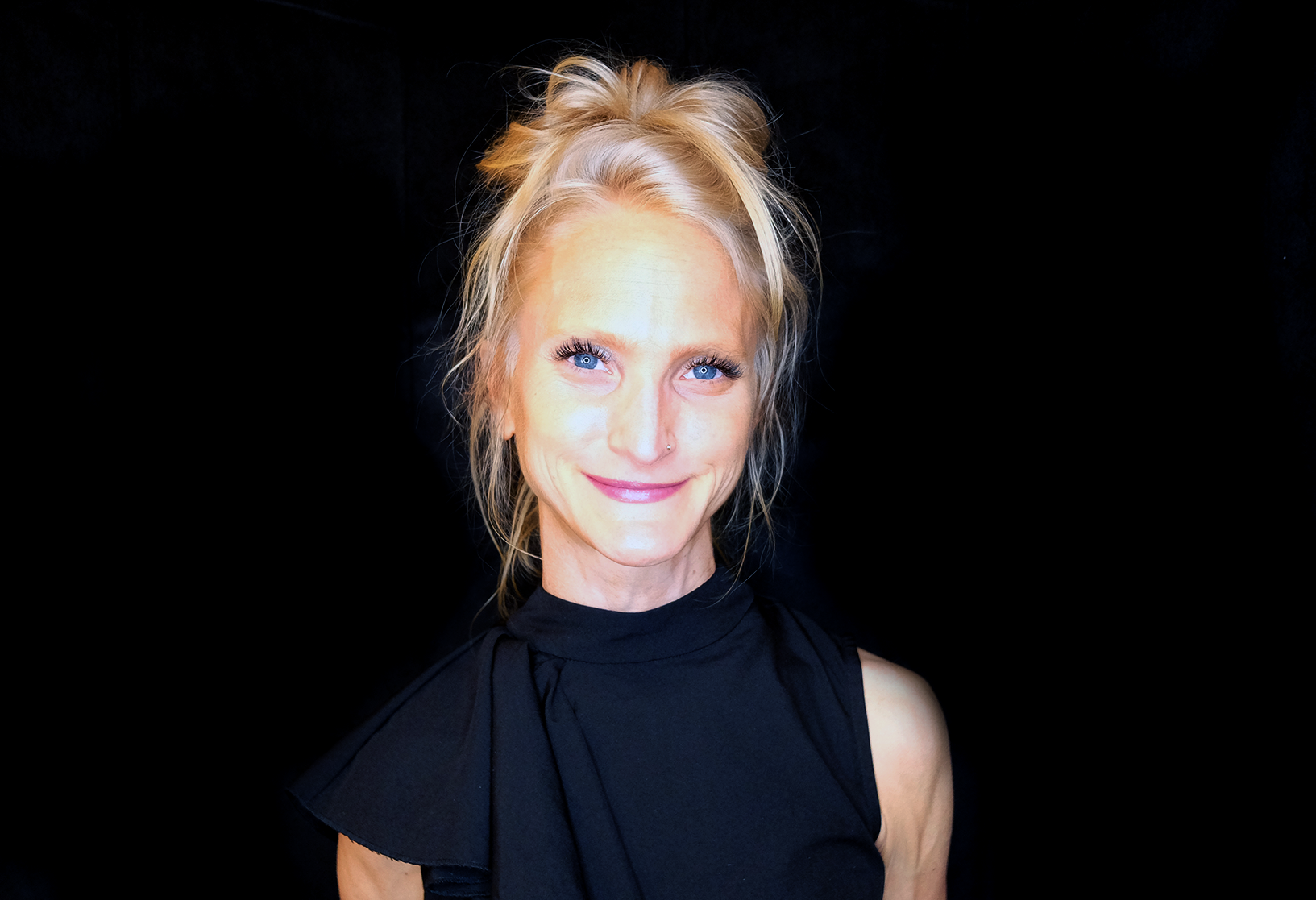Something you’ve probably heard if you’ve spent time on sets is the phrase “checking levels.” A sound guy comes over, adjusts your mic, and has you talk about something — often what you had for breakfast, they love to hear about breakfast — while he looks at a monitor for mysterious signals.
Well, they’re not that mysterious, actually. What the engineer is checking for is pretty basic: how much of your voice that mic is picking up, because your volume level in the room may not be the same as what’s being recorded.
Leveling is important for a number of reasons. It might seem like it could be replaced by listening, but the human ear is fallible, and changes based on the person (and the volume of their headphones). Leveling tells you what the machines are hearing — and lets you know that you’ll have enough information to work with when you get to post-production. It can also alert you that you’re recording way too much noise, which will then have to be normalized and compressed as you edit. And while there’s nothing wrong with compressing — almost everything you hear has been compressed once or twice — having to do it too often or too aggressively can really flatten your sound.
Here’s everything you need to know about leveling for video.
3 audio levels for video
When you’re recording for video production, you’ll ultimately end up dealing with three sets of levels. They are:
Recording
This is basically what we mentioned above — checking to make sure that the loudness of what you’re laying down is in the right range for a) human ears and b) your publishing platform of choice. During audio recording, audio levels are typically measured in decibels, or dB. You want your decibels measuring in the negative — 0dB is usually considered the absolute limit.
Mixing
But paying attention to levels doesn’t end there! Because again when you’re mixing, what you hear coming out of your speakers isn’t necessarily the true loudness level of your audio clips. It’s also especially important to pay attention to levels as you equalize your tracks. Did boosting a certain frequency add loudness that you now need to reduce? Did cutting a different one make someone’s voice too quiet to hear all of a sudden? You'll still be measuring levels in dB here, but you'll also want a loudness monitor that's measuring in Loudness Units Full Scale (LUFS) while you're mixing.
Export
Many video editing programs include an opportunity for a final tweak as you export your video file. In Descript, we have several ways to normalize audio: you can set the program to cut off at certain peaks, or ask it to push toward a certain pre-set loudness level. You can also turn this feature off if you feel confident that you got what you wanted during the audio mixing process! Just know that many platforms will perform automatic audio normalization when they start playback of your content, so it’s worth it to make sure you’re within their range before you send it off to them.
What are the correct audio levels for video?
This depends on the platform where you’ll eventually be publishing. While it may be tempting to catch a viewer’s attention through sheer loudness, it’s important to know what the platform norm is so that people who are clicking through a bunch of content don’t suddenly have to adjust the volume when your video comes on. That will annoy them, and make them more likely to press skip. Typically, creators who post to platforms like YouTube try to keep dialogue between -6 and -12 dB.
How to set your audio levels step-by-step:
For recording
When you’re recording, setting levels begins with knowing where you want to end up. You’ll want to leave yourself plenty of room for things to get louder as the conversation progresses — a technique that’s called leaving headroom. So when you set your levels, a person’s talking voice should be registering several decibels below your peak loudness measure. A lot of resources recommend a 3dB gap, but others say 10-12 is more realistic.
For mixing
You’ll still want these levels to be a bit quieter than your desired final result. Think of it this way: if you’re mixing at max loudness, when it comes time to master and export the file, there’s no room to move things around. And make sure to listen using different methods as you’re mixing — what sounds fine in headphones might not work on laptop speakers, and vice versa.
For exporting
This is usually the simplest part, since your video editor will do the work for you. But if you’re new to audio editing, try exporting with several different settings to get a sense of what each one does, and the effect it has on the mix.
Things to think about when leveling audio:
Use backup mics
Let’s say you did all of the above, and still have crucial bits of audio that came in too loud. That’s where having a backup mic in another position can save your butt. Generally speaking, the more options you give yourself while recording, the better.
Background music
To make sure your background music doesn’t overwhelm any spoken or voiceover tracks, Descript offers a feature called ducking that will automatically adjust one track when another one kicks in.
Audio compression and voice style
Using a compressor is always an option, and one you’ll be employing at various points on your audio tracks. But it can flatten the quirks and charms of someone’s voice, so the more you want to emphasize that, the more carefully you should level when recording.
Using your own judgment
This is both the easiest and the hardest part. How do you learn to trust yourself? Well, it takes a good amount of trial and error — but also education. Close your eyes and really listen to the sound mixes on shows you admire and want to emulate. Talk to other engineers in the field. Watch tutorials! And ultimately, trust that your vision and your taste will get you where you need to go.


































%20(1).JPG)







